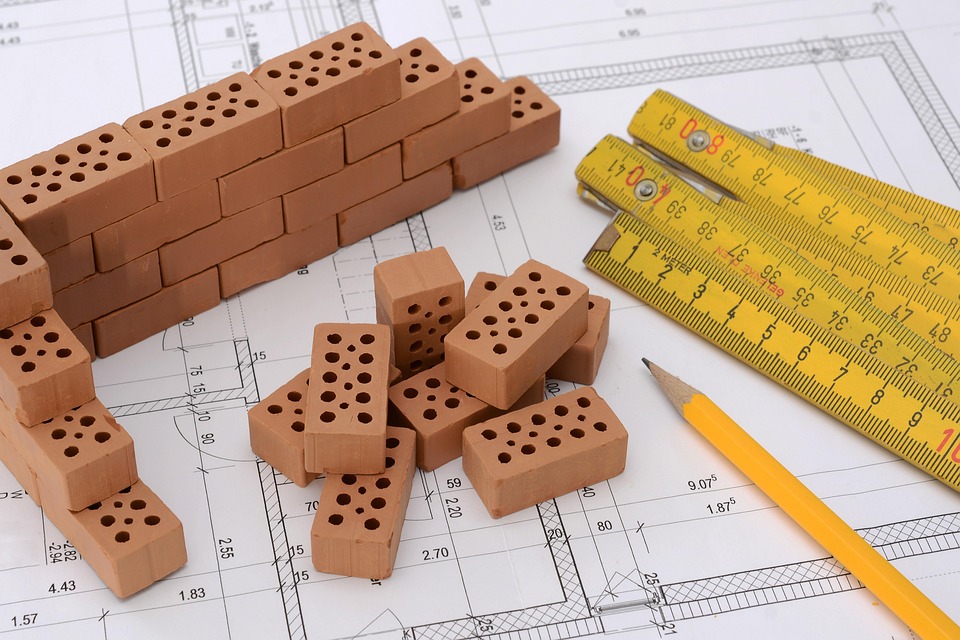Crafting the Perfect Architect Cover Letter: Essential Tips for Success
When embarking on the journey to secure that coveted architect position, the cover letter becomes your first opportunity to impress. It’s not merely a formality; it’s your chance to weave a narrative that encapsulates your passion, expertise, and vision. Here’s how to ensure your cover letter stands out in a sea of applications.
1. Personalisation is Key
Generic cover letters are a surefire way to blend into the background. Take the time to research the firm you’re applying to. Understand their ethos, recent projects, and specific architectural style. Mentioning a recent project or the firm’s design philosophy can create a connection that is both personal and professional. For example, referencing their innovative use of sustainable materials in a recent build can showcase your alignment with their values.
2. Showcase Your Skills with Flair
Rather than listing skills in a dry manner, illustrate them with compelling anecdotes. Did you lead a team in a challenging project? Perhaps you devised a solution that saved both time and budget? Narrating these experiences with vivid details makes your skills come alive. Use phrases that evoke imagery: "I transformed a cramped urban space into a vibrant community hub, where every corner tells a story."
3. Align Your Vision with The Firm’s Goals
Architectural firms often seek candidates who not only possess technical expertise but also share a vision for the future of design. Delve into your aspirations and align them with the firm’s mission. If the firm champions eco-friendly practices, express how your own approach to design incorporates sustainability. This alignment demonstrates that you’re not just looking for a job; you’re seeking a partnership in innovation.
4. The Power of Conciseness
While your cover letter should be engaging, it must also be succinct. Aim for a length of no more than one page. Each sentence should serve a purpose, driving your narrative forward. Utilize short, impactful sentences to build rhythm, alternating with longer, descriptive ones to add depth. This blend not only maintains the reader’s interest but also ensures your main points shine through.
5. A Touch of Professionalism
While creativity is essential in architecture, your cover letter should also reflect professionalism. Maintain a formal tone, avoid overly casual language, and ensure impeccable grammar and spelling. A well-structured letter indicates attention to detail—a trait every architect should embody. Remember, this letter is a reflection of you as a professional.
6. End with a Strong Call to Action
As you draw your letter to a close, reinforce your enthusiasm for the role. Express your eagerness to discuss how your skills and experiences align with the firm’s needs. A simple yet powerful line such as, "I look forward to the opportunity to explore how my background can contribute to your team," leaves a lasting impression.
Crafting a compelling cover letter is indeed an art form, much like architecture itself. It requires creativity, precision, and a clear understanding of your audience. By personalising your approach, showcasing your skills, and aligning your vision with the firm’s goals, you’ll create a narrative that resonates. CVPortal continues to provide you with an array of high-quality CV references, empowering you to put your best foot forward in your job search.


